Antonio Banderas, a name synonymous with charisma and versatility, has etched his place in the annals of cinema. From his humble beginnings in Malaga, Spain, to the glitz and glamour of Hollywood, Banderas’s journey is a testament to talent, hard work, and an unbridled passion for the art of storytelling. In this comprehensive exploration, we delve into the biography, professional career, and cinematic legacy of the man who brought life to iconic characters on the silver screen.
Early Life and Beginnings:
Born on August 10, 1960, in Malaga, Spain, José Antonio Domínguez Bandera, later known as Antonio Banderas, grew up in a modest working-class family. His early years were marked by a deep fascination with the arts, a passion that led him to the School of Dramatic Art in Malaga. The seeds of his acting career were sown here, and it wasn’t long before young Banderas made his way to the bustling theater scene in Madrid.
In the Spanish capital, he continued to refine his craft and, eventually, found himself at the National Theatre of Spain, a prestigious institution that became a crucible for his burgeoning talent. It was during this time that Banderas caught the discerning eye of Spanish director Pedro Almodóvar, marking the beginning of a transformative collaboration that would shape the trajectory of his career.
Transition to Cinema:
The late 1980s saw Antonio Banderas making a seamless transition from theater to cinema. Pedro Almodóvar’s penchant for bold storytelling and unconventional narratives found a perfect canvas in Banderas’s magnetic screen presence. Their collaboration birthed films like “Matador” (1986) and “Tie Me Up! Tie Me Down!” (1990), earning critical acclaim and establishing Banderas as a rising star in the Spanish film industry.
Hollywood Breakthrough:
However, it was Hollywood that beckoned Antonio Banderas to a global audience. His breakout role came in 1992 with “The Mambo Kings,” where his innate charm and acting prowess began to capture international attention. Yet, it was his collaboration with director Robert Rodriguez in “Desperado” (1995) that marked the turning point in Banderas’s career. As the brooding, guitar-wielding El Mariachi, he showcased a perfect blend of action and charisma, solidifying his status as a leading man in Hollywood.
Collaborations with Prolific Directors:
As Banderas’s star continued to rise, so did his collaborations with some of the most renowned directors in the industry. In 1992, he worked with Robert Altman in “The Player,” showcasing his ability to seamlessly integrate into the Hollywood landscape. The late ’90s saw another significant collaboration, this time with director Martin Campbell in “The Mask of Zorro” (1998). Banderas’s portrayal of the legendary masked vigilante not only added another feather to his cap but also demonstrated his adaptability across genres.
Banderas’s collaborations were not confined to Hollywood. His enduring partnership with Pedro Almodóvar continued, resulting in films like “The Skin I Live In” (2011), a testament to the actor’s commitment to nurturing his Spanish roots while expanding his horizons globally.
Broadening Horizons: Producing and Directing:
Antonio Banderas’s passion for storytelling extended beyond his acting roles. In 1999, he took a bold step by founding his production company, Green Moon Productions. This venture aimed to bring diverse and compelling stories to the forefront, showcasing Banderas’s commitment to fostering unique narratives in the film industry.
Banderas’s foray into directing further exemplified his multifaceted talents. His directorial debut, “Crazy in Alabama” (1999), not only demonstrated his prowess behind the camera but also hinted at the depth of his understanding of the filmmaking process from both sides of the lens. It marked the beginning of a new chapter in his career, affirming that Banderas was not merely content with being in front of the camera—he was ready to shape narratives from the director’s chair.
Recognition and Awards:
Antonio Banderas’s contributions to the film industry have not gone unnoticed, earning him numerous accolades and recognitions throughout his illustrious career. In 2003, he received a Tony Award nomination for his performance in the Broadway musical “Nine,” showcasing his versatility across different mediums of entertainment.
In 2005, the Hollywood Walk of Fame immortalized Banderas’s achievements with a star, a tangible symbol of his significant impact on the entertainment industry. This recognition underscored the global influence he had amassed, transcending borders and languages.
Personal Challenges and Triumphs:
Beyond the glitz and glamour of Hollywood, Antonio Banderas faced personal challenges that added depth to his journey. In 2017, the actor experienced a health scare—a heart attack that served as a stark reminder of life’s fragility. However, true to his resilient spirit, Banderas turned this adversity into an opportunity for personal growth and reflection.
The experience not only fueled his determination to prioritize his well-being but also became a catalyst for a creative resurgence. Banderas returned to the screen with renewed vigor, taking on roles that showcased the depth of his talent and the richness of his life experiences.
Recent Projects and Critical Acclaim:
In recent years, Antonio Banderas has continued to captivate audiences with his performances, proving that his artistic flame burns as brightly as ever. His role in Pedro Almodóvar’s “Pain and Glory” (2019) was particularly noteworthy. The film, which delves into the reflections of an aging filmmaker, earned Banderas widespread critical acclaim and an Academy Award nomination for Best Actor.
“Pain and Glory” not only demonstrated Banderas’s ability to convey the nuances of human emotion but also provided a poignant platform for him to reflect on his own life and journey. The film showcased a more introspective side of the actor, adding yet another layer to his already multifaceted career.
Legacy and Impact:
Antonio Banderas’s enduring legacy extends far beyond the confines of the silver screen. His influence on Spanish cinema, coupled with his seamless integration into Hollywood, has left an indelible mark on the industry. Banderas’s journey serves as an inspiration for aspiring actors and filmmakers, illustrating that talent, combined with dedication and authenticity, can transcend cultural boundaries and achieve global acclaim.
Whether portraying iconic characters with swashbuckling flair or delving into the complexities of the human experience, Antonio Banderas has left an indelible impact on the cinematic landscape. His legacy is not only a testament to his acting prowess but also a celebration of storytelling, diversity, and the enduring power of passion in the world of entertainment.
Conclusion:
In conclusion, Antonio Banderas’s biography and professional career form a tapestry of talent, resilience, and artistic exploration. From the streets of Malaga to the heights of Hollywood, Banderas has not only conquered diverse roles but has also contributed significantly to the evolution of cinema. As he continues to evolve as an artist and contribute to the world of storytelling, Antonio Banderas remains a cinematic maestro—a living testament to the magic that happens when passion meets talent on the silver screen.
More information and references:
- wikipedia.org-/esp/-Antonio Banderas. Available Here
- wikipedia.org-/eng/-Antonio Banderas. Available Here
- flirckr.com – David Shankbone. Original image available here
- wikimediacommons-AKingkongphoto & www.celebrity-photos.com from Laurel Maryland, USA Antonio Banderas. Original image available here
- youtube.com-Movieclips. The Legend of Zorro (2005) – Good Boy Scene (7/10) | movieclips. Available Here
- youtube.com-Luminous Productions. The tale of the spies in love (Spy Kids 2001). Available Here
- youtube.com-Hasan Caner Kırkmalı. Desperado – Antonio Banderas – Mariachi song. Available Here
Antonio Banderas, a name synonymous with charisma and versatility, has etched his place in the annals of cinema. From his humble beginnings …
Seneca was a Roman senator and philosopher, born in Spain, who came to rule the Roman Empire. He was greatly admired and …
Albert Espinosa, a remarkable figure hailing from Spain, has captivated audiences worldwide with his extraordinary life story and his remarkable contributions to …
Jarabe de Palo, in the vibrant tapestry of Spanish music, one name resonates with heartfelt lyrics, infectious rhythms, and an indomitable spirit. …
Camarón de la Isla, in the sun-soaked streets of San Fernando, Cadiz, a young José Monje Cruz, later to be known as …
Antoni Gaudí, in the heart of Catalonia, Spain, the architectural landscape bears the indelible mark of one of its most visionary sons. …
Manuel de Falla, born on November 23, 1876, in Cádiz, Spain, is hailed as one of the most significant composers of the …
Rosario Flores, born on November 4, 1963, in Madrid, Spain, is a dynamic force in the world of Spanish music. As the …
Plácido Domingo, born on January 21, 1941, in Madrid, Spain, is a living legend in the realm of classical music. Renowned as …
Rocío Dúrcal, born María de los Ángeles de las Heras Ortiz on October 4, 1944, in Madrid, Spain, was an iconic singer …
Enrique Iglesias, born Enrique Miguel Iglesias Preysler on May 8, 1975, in Madrid, Spain, is a global music phenomenon and one of …
In the vibrant world of Flamenco, where passion and rhythm converge, Marco Flores emerges as a luminary, a maestro whose artistry transcends …
Paco de Lucía, born Francisco Sánchez Gómez on December 21, 1947, in Algeciras, Spain, is an immortal figure in the world of …
You can learn to dance flamenco virtually with the bailaor Sergio González through his many explanatory videos about the different flamenco dances …
Early Beginnings: The Making of a Comedic Maestro Born Daniel Rovira de Rivas on November 1, 1980, in Málaga, Spain, Dani Rovira …



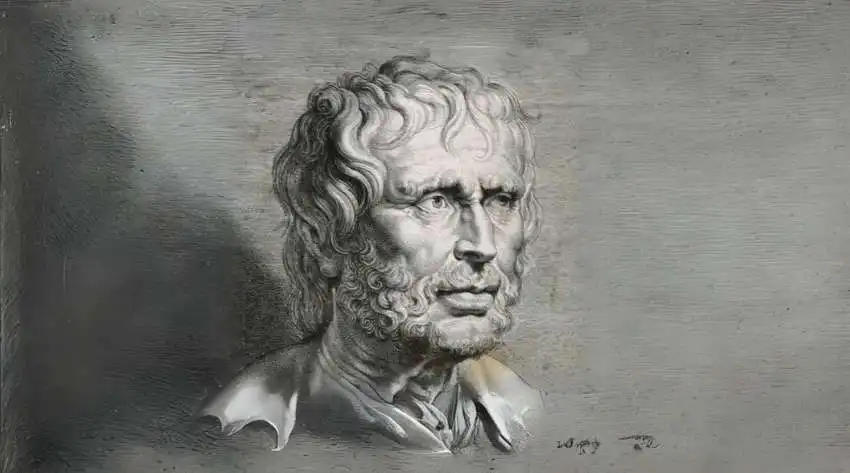


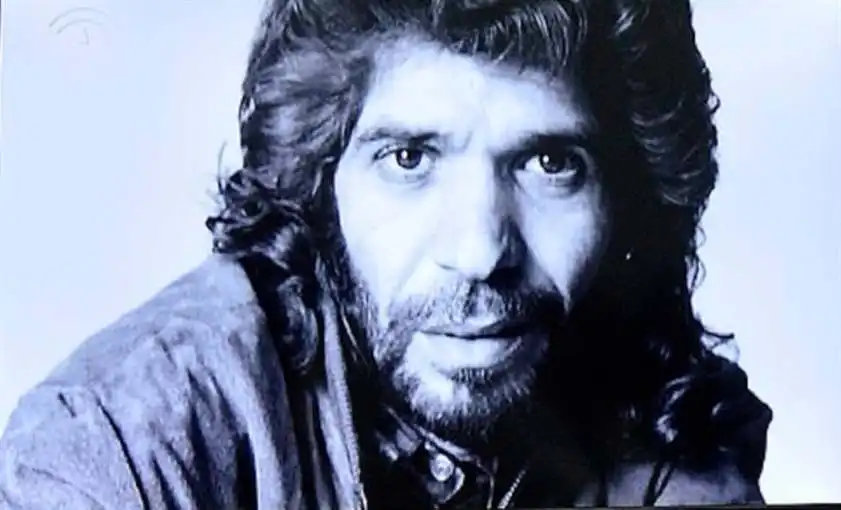
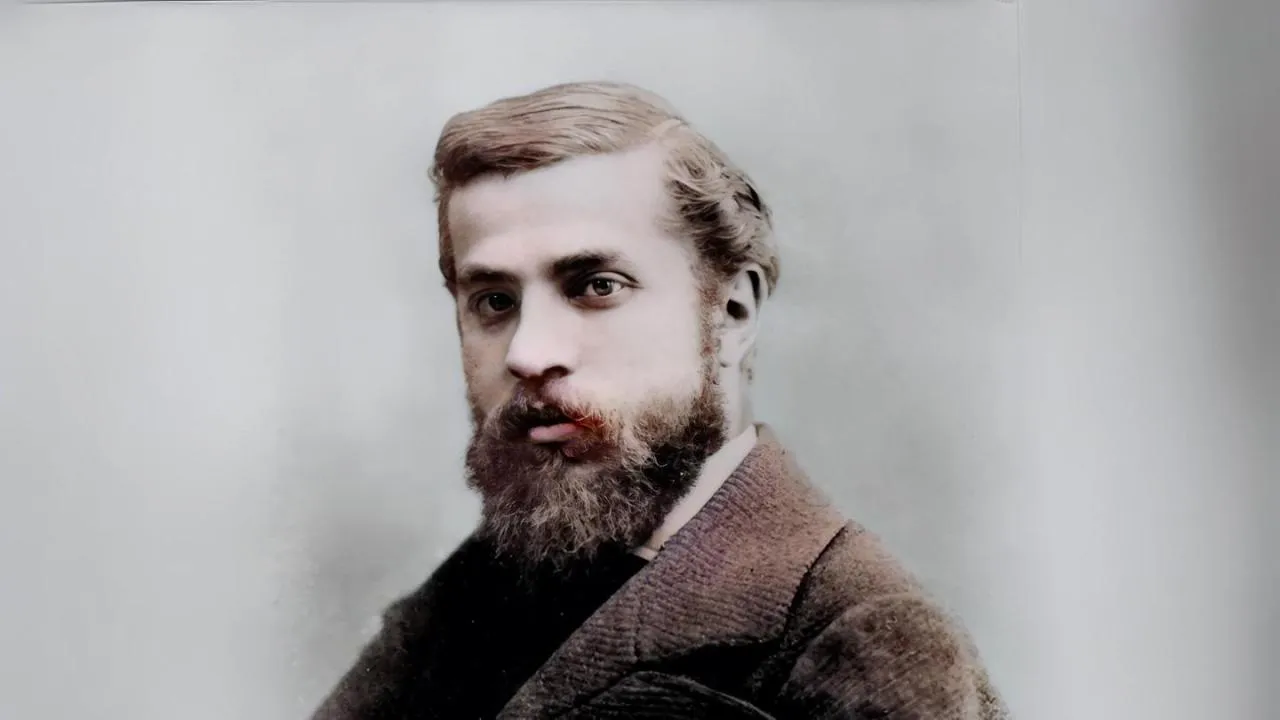
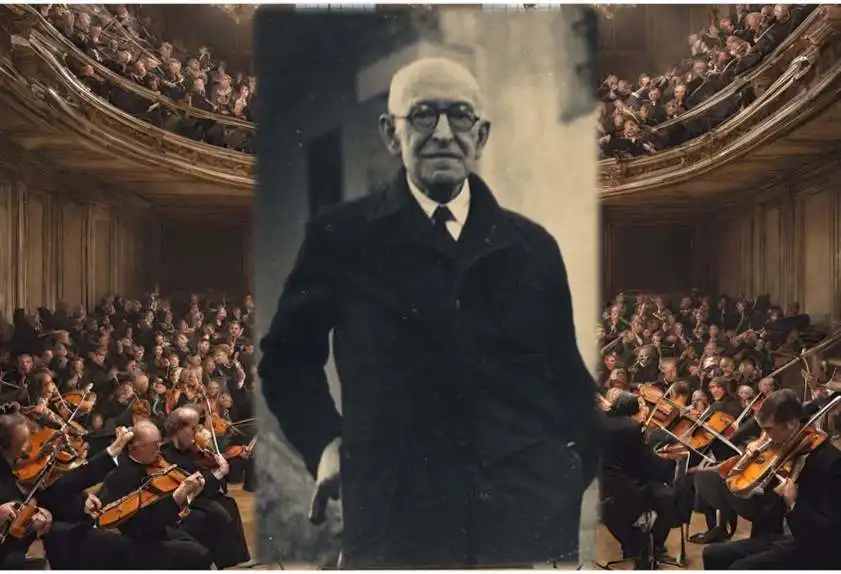






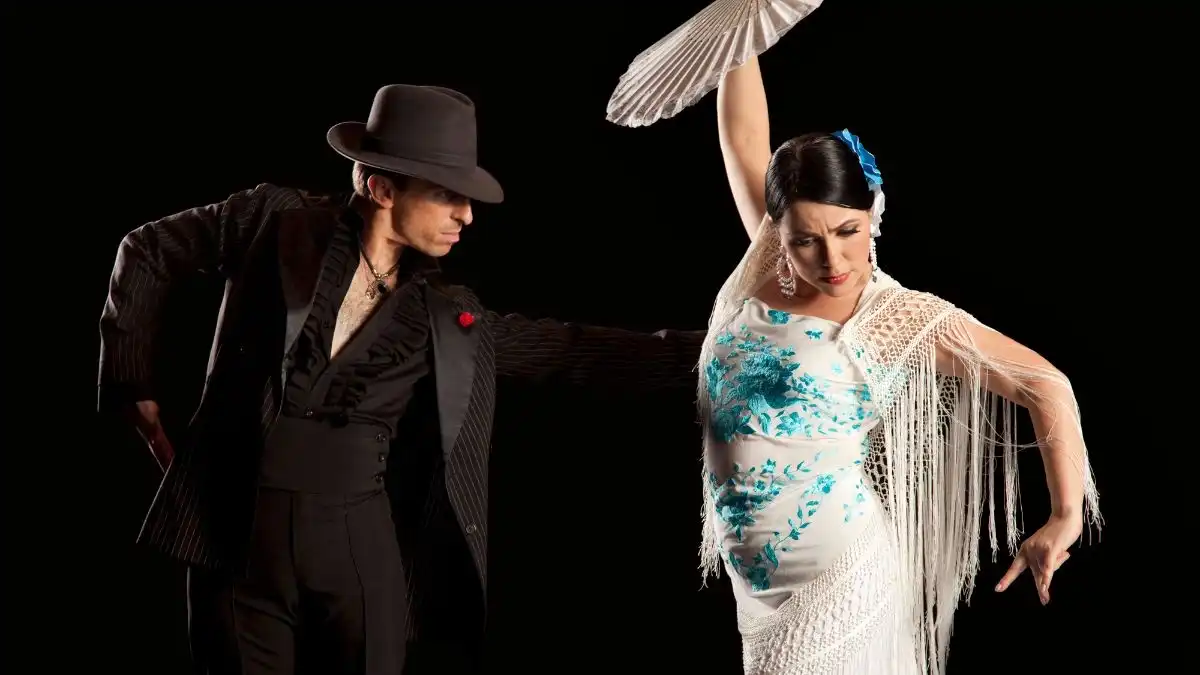

















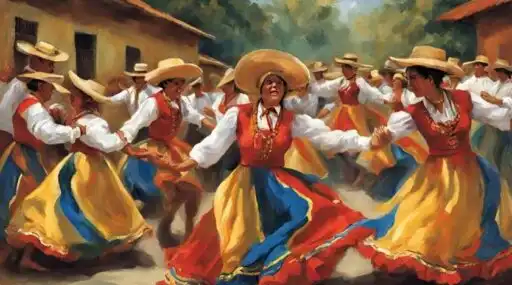










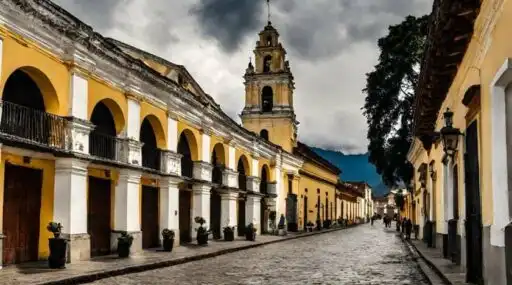
















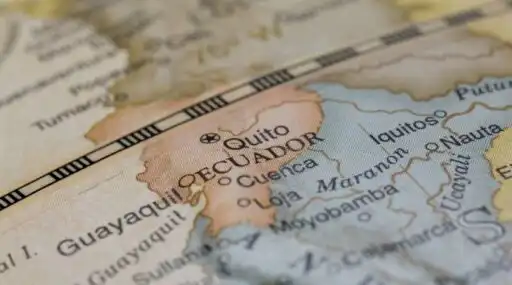
Leave a Reply